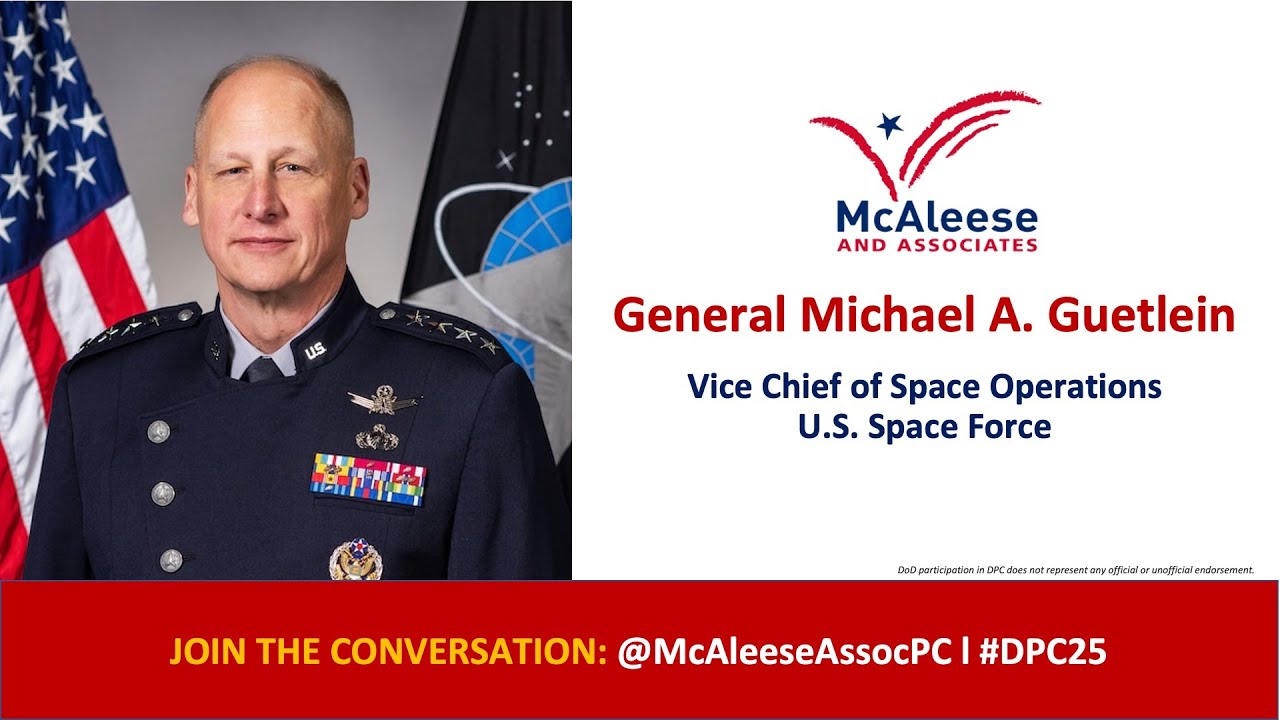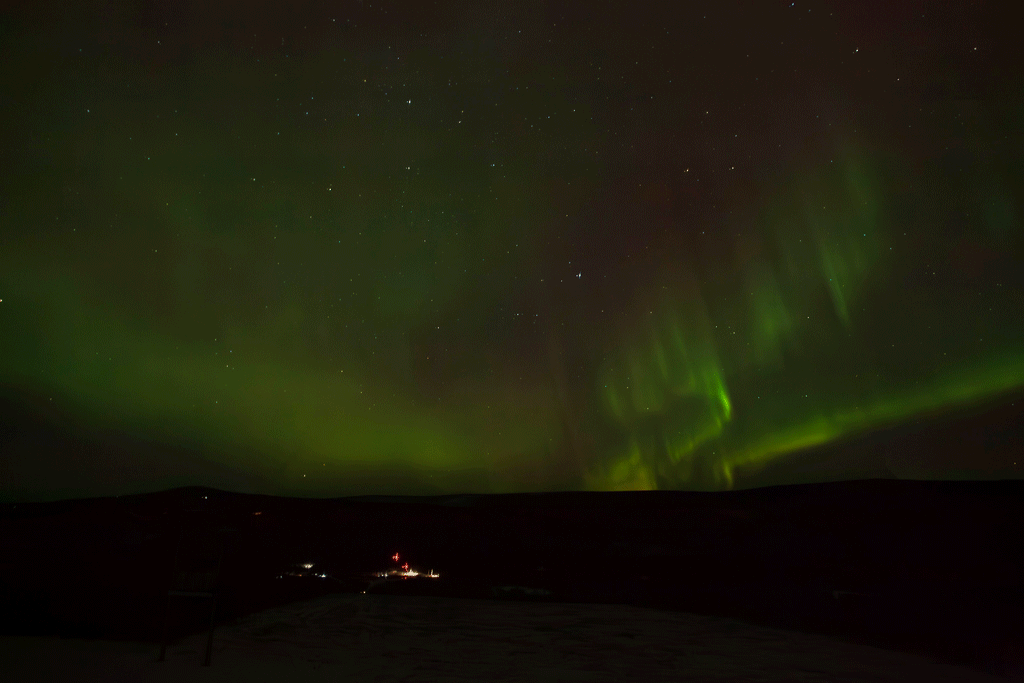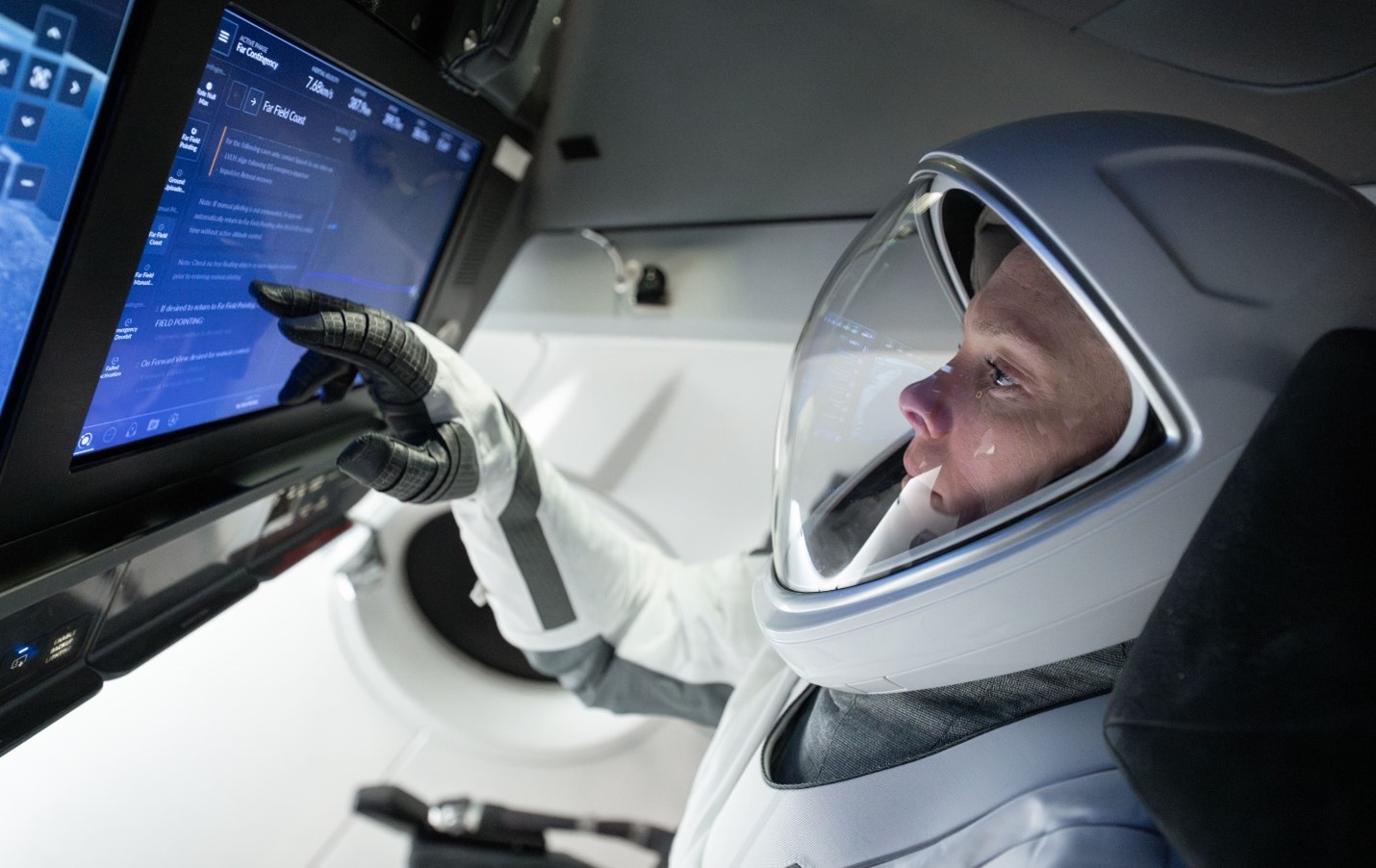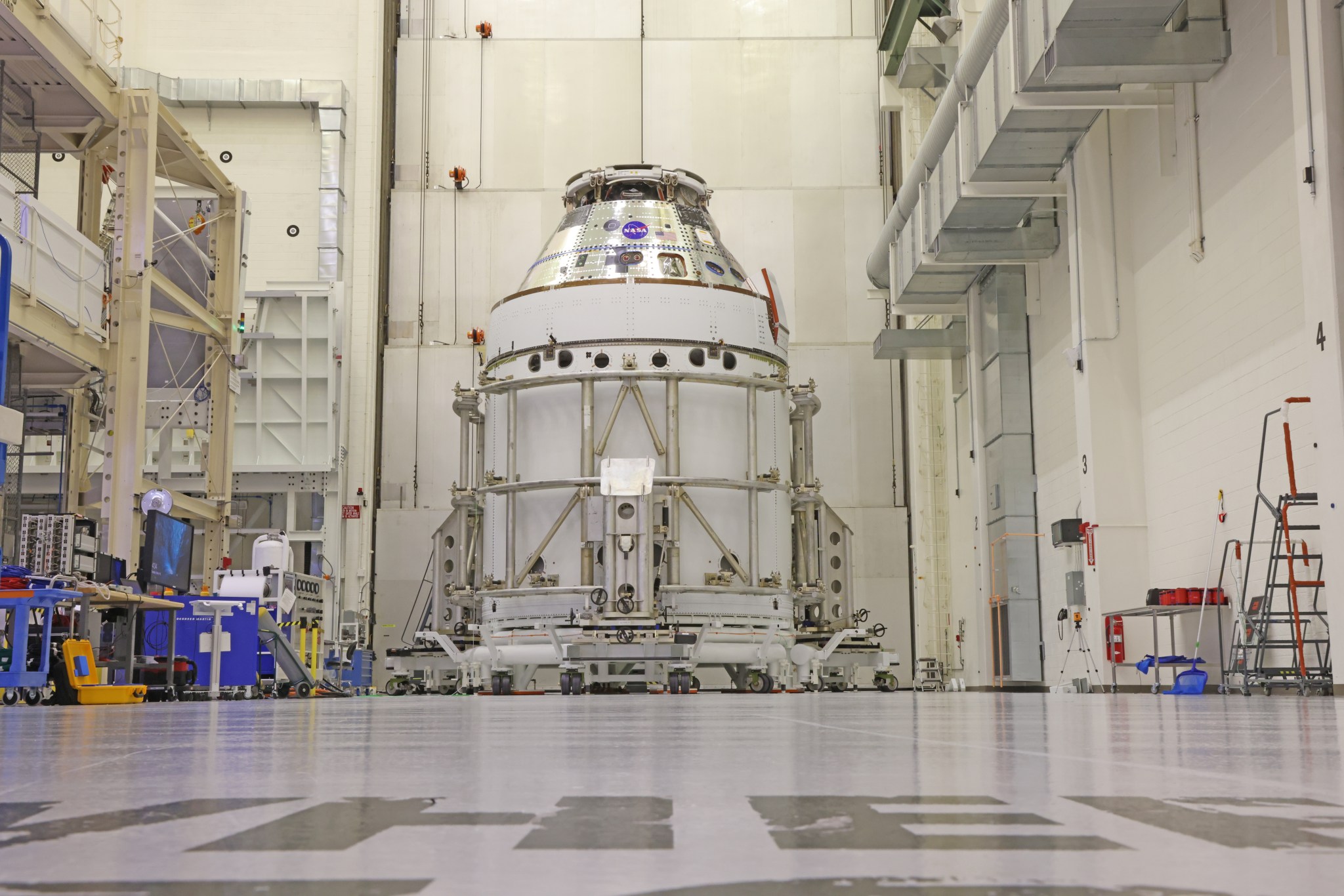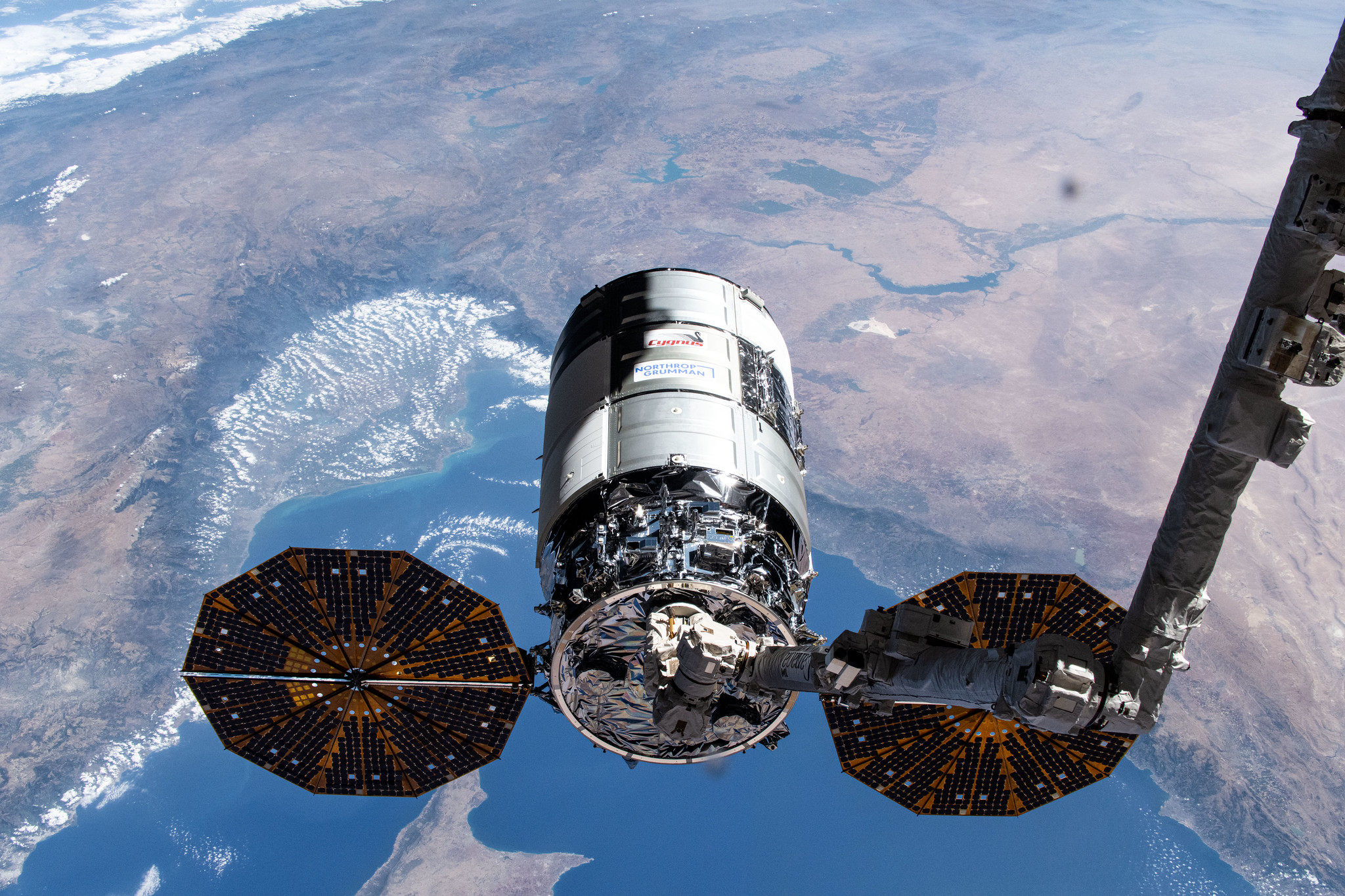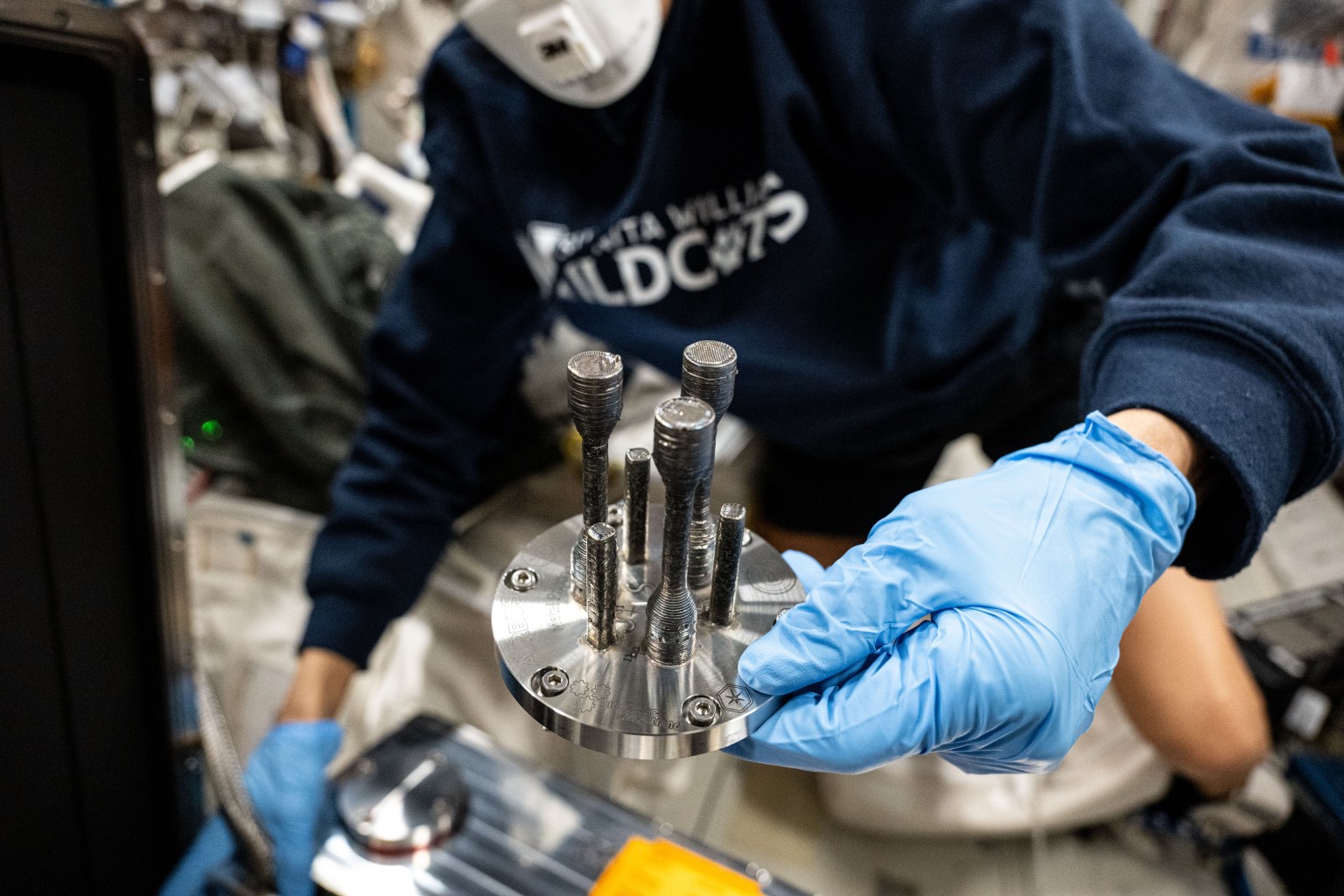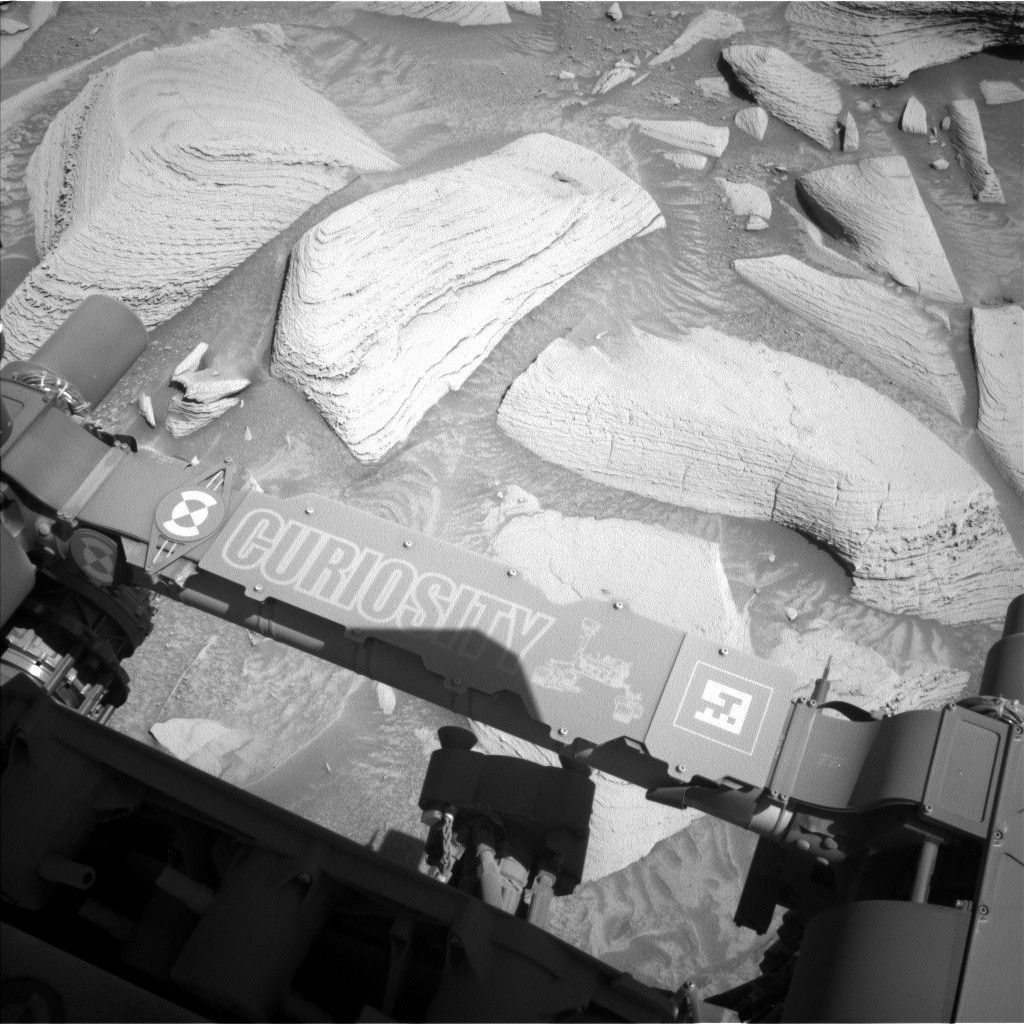The United States is approaching a turning point in space security, and needs to step up its game before Russia and China close the gap in capabilities, a U.S. Space Force general said. Vice Chief of Space Operations Gen. Michael Guetlein spoke at the 16th annual McAleese “Defense Programs” Conference in Arlington, Virginia on Tuesday (March 18), warning the Space Force needs to rethink how it defends the country’s satellites. Space Force should shift its focus from managing spacecraft in support of defense infrastructure on the ground, to growing its…
Read MoreAuthor: NeRD
How the James Webb Space Telescope is helping size up tiny dwarf planets
A surprising chemical difference between Pluto and Sedna, another dwarf planet in the distant Kuiper Belt, is helping scientists nail down their respective masses, a new study reports. The Kuiper Belt is a region in space beyond the orbit of Neptune that’s home to Pluto and most of the known dwarf planets, as well as some comets that are thought to be relics of the solar system’s planet-formation era. “Kuiper Belt objects are icy worlds [that] can tell us what conditions were like billions of years ago,” explained study lead…
Read MoreMaking Ripples
A dolphin’s dorsal fin cuts through the water in the Launch Complex 39 Area turn basin at NASA’s Kennedy Space Center in Florida.
Read MoreNASA to Launch Three Rockets from Alaska in Single Aurora Experiment
4 min read NASA to Launch Three Rockets from Alaska in Single Aurora Experiment Three NASA-funded rockets are set to launch from Poker Flat Research Range in Fairbanks, Alaska, in an experiment that seeks to reveal how auroral substorms affect the behavior and composition of Earth’s far upper atmosphere. The experiment’s outcome could upend a long-held theory about the aurora’s interaction with the thermosphere. It may also improve space weather forecasting, critical as the world becomes increasingly reliant on satellite-based devices such as GPS units in everyday life. Colorful ribbons…
Read MoreNASA Reveals Semifinalists of Power to Explore Challenge
Explore This Section RPS Home About About RPS About the Program About Plutonium-238 Safety and Reliability For Mission Planners Contact RPS Systems Overview Power Systems Thermal Systems Dynamic Radioisotope Power Missions Overview Timeline News Resources STEM Power to Explore Contest FAQ 4 min read NASA Reveals Semifinalists of Power to Explore Challenge A word cloud showing “superpowers” of the 45 semifinalists. NASA/David Lam NASA selected 45 student essays as semifinalists of its 2024-2025 Power to Explore Challenge, a national competition for K-12 students featuring the enabling power of radioisotopes. Contestants…
Read MoreNASA Astronauts to Answer Questions from Students in New York
NASA astronaut and Pilot for NASA’s SpaceX Crew-10 mission Nichole Ayers is pictured training inside a mockup of a Dragon cockpit at the company’s facilities in Hawthorne, California. Credit: SpaceX Students from Richmond Hill, New York,will have the chance to connect with NASA astronauts Anne McClain and Nichole Ayers as they answer prerecorded science, technology, engineering, and mathematics-related questions from aboard the International Space Station. Watch the 20-minute space-to-Earth call at 12 p.m. EDT on Wednesday, March 26, on NASA+ and learn how to watch NASA content on various platforms,…
Read MoreNASA’s Artemis II Orion Service Module Buttoned Up for Launch
Technicians with NASA and Lockheed Martin fitted three spacecraft adapter jettison fairing panels onto the service module of the agency’s Orion’s spacecraft. The operation completed on Wednesday, March 19, 2025, inside the Neil A. Armstrong Operations and Checkout Building at NASA’s Kennedy Space Center in Florida. The European-built service module is the powerhouse that will propel the spacecraft to the Moon. Its four solar array wings which were installed to its exterior in early March. The latest addition of fairing panels on Orion’s service module will protect the solar array…
Read MoreNASA to Cover Northrop Grumman’s 21st Cargo Space Station Departure
Northrop Grumman’s Cygnus spacecraft is pictured in the grips of the Canadarm2 robotic arm shortly after its capture Credit: NASA After delivering more than 8,200 pounds of supplies, scientific investigations, commercial products, hardware, and other cargo to the orbiting laboratory for NASA and its international partners, Northrop Grumman’s uncrewed Cygnus spacecraft is scheduled to depart the International Space Station on Friday, March 28. Watch NASA’s live coverage of undocking and departure at 6:30 a.m. EDT on NASA+. Learn how to watch NASA content through a variety of platforms, including social…
Read More3D Printing: Saving Weight and Space at Launch
4 Min Read 3D Printing: Saving Weight and Space at Launch The first metal part 3D printed in space. Credits: ESA Science in Space March 2025 Additive manufacturing, also known as 3D printing, is regularly used on the ground to quickly produce a variety of devices. Adapting this process for space could let crew members create tools and parts for maintenance and repair of equipment on the spot, rather than trying to bring along every item that might be needed. The ability to manufacture things in space is especially important…
Read MoreSols 4484-4485: Remote Sensing on a Monday
Curiosity Navigation Curiosity Home Mission Overview Where is Curiosity? Mission Updates Science Overview Instruments Highlights Exploration Goals News and Features Multimedia Curiosity Raw Images Images Videos Audio Mosaics More Resources Mars Missions Mars Sample Return Mars Perseverance Rover Mars Curiosity Rover MAVEN Mars Reconnaissance Orbiter Mars Odyssey More Mars Missions Mars Home 4 min read Sols 4484-4485: Remote Sensing on a Monday NASA’s Mars rover Curiosity acquired this image using its Left Navigation Camera on March 17, 2025 — sol 4483, or Martian day 4,483 of the Mars Science Laboratory…
Read More